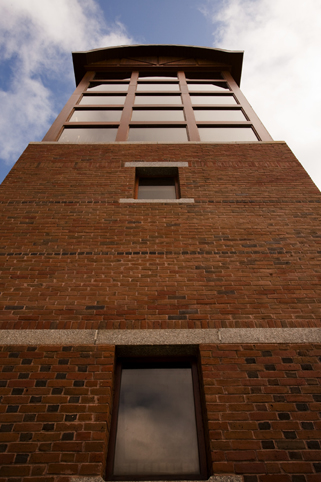Measurement of replication structures at the nanometer scale using super-resolution light microscopy.
Document Type
Article
Publication Date
2010
Keywords
Bromodeoxyuridine, Cell-Line, Cell-Nucleus-Structures, DNA-Replication, Image-Processing-Computer-Assisted, Mice, Microscopy, Microscopy-Confocal, Proliferating-Cell-Nuclear-Antigen
JAX Source
Nucleic Acids Res 2010; 38(2):e8.
Abstract
DNA replication, similar to other cellular processes, occurs within dynamic macromolecular structures. Any comprehensive understanding ultimately requires quantitative data to establish and test models of genome duplication. We used two different super-resolution light microscopy techniques to directly measure and compare the size and numbers of replication foci in mammalian cells. This analysis showed that replication foci vary in size from 210 nm down to 40 nm. Remarkably, spatially modulated illumination (SMI) and 3D-structured illumination microscopy (3D-SIM) both showed an average size of 125 nm that was conserved throughout S-phase and independent of the labeling method, suggesting a basic unit of genome duplication. Interestingly, the improved optical 3D resolution identified 3- to 5-fold more distinct replication foci than previously reported. These results show that optical nanoscopy techniques enable accurate measurements of cellular structures at a level previously achieved only by electron microscopy and highlight the possibility of high-throughput, multispectral 3D analyses.
Recommended Citation
Baddeley D,
Chagin VO,
Schermelleh L,
Martin S,
Pombo A,
Carlton PM,
Gahl A,
Domaing P,
Birk U,
Leonhardt H,
Cremer C,
Cardoso MC.
Measurement of replication structures at the nanometer scale using super-resolution light microscopy. Nucleic Acids Res 2010; 38(2):e8.


